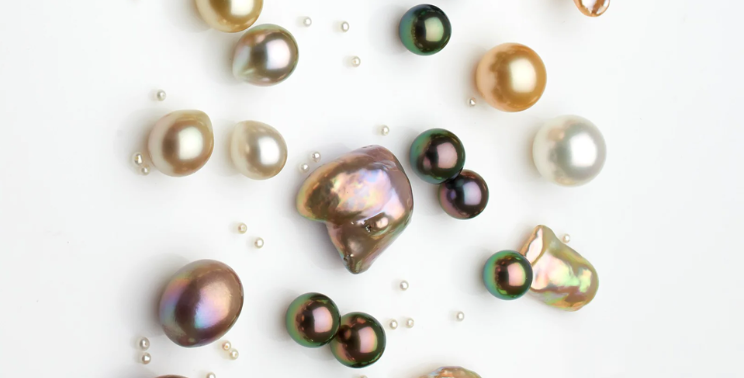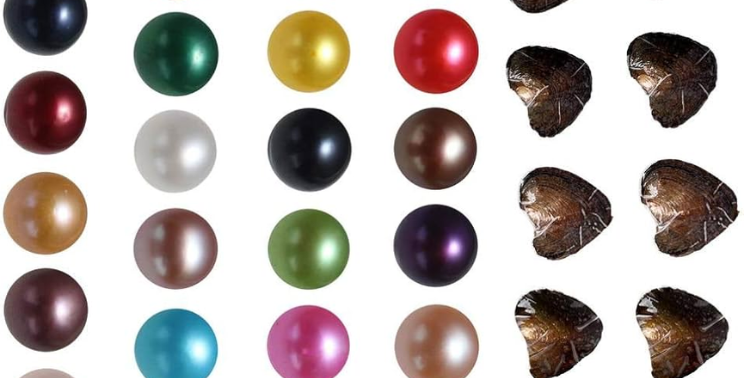- The concept of lucky colors for pearls is often influenced by cultural and personal beliefs rather than universal standards. .
- Different cultures assign different meanings and symbols to colors, including pearls.
Here are some traditional beliefs associated with certain pearl colors in different cultures
- White pearls are often associated with purity, innocence, and classic elegance.
- In many cultures, white is considered a symbol of purity and is associated with good luck and positive energy.
- Golden pearls are believed to symbolize wealth, prosperity, and good fortune.
- The warm, golden hues are often associated with abundance and positive energy.
- Black pearls, such as Tahitian pearls, are often associated with mystery and elegance.
- In some cultures, black is considered a protective color, and black pearls are believed to bring good luck and ward off negative energies.
- Pink pearls are associated with love, romance, and femininity.
- Some cultures believe that wearing pink pearls can attract love and strengthen relationships.
- Blue pearls, although rare, are associated with tranquility and a sense of calm.
- Blue is often considered a calming and soothing color, and blue pearls may be seen as bringing peace and harmony.
- It’s important to note that beliefs about lucky colors can vary widely, and individual preferences and cultural influences play a significant role.
- In many cases, the meaning attributed to a color may be more symbolic and cultural rather than based on observed evidence.
- When choosing pearls for personal or cultural significance, it’s advisable to consider the specific beliefs associated with colors in the context of the wearer’s cultural background or personal beliefs.


